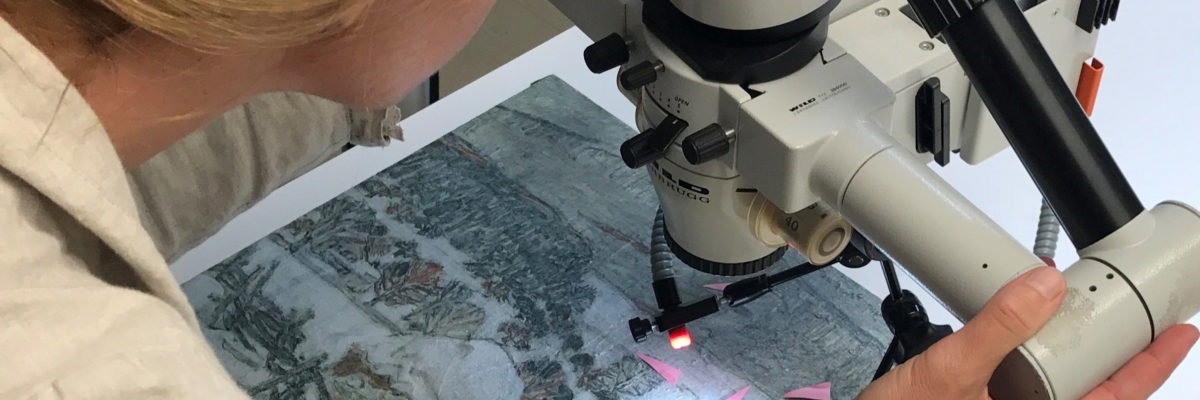
#AskAConservator: home remedies, part 2
This is such an intriguing question that we did two takes!
What is a home remedy or "old wives' tale" that you absolutely despise? Conversely, what is a home remedy that you actually like as a conservator?
Carmen Li says:
What a great question. I think one thing that’s over-rated is the concept of “elbow grease”, or the idea that cleaning something requires a lot of hard scrubbing. For conservators, when we are cleaning surfaces, we absolutely do not want to be using force, even if it’s just with a swab. The harder you apply your swab and the more repeated effort it takes, the less control you have, and the more risk there is of scratching or damaging the surface beneath. So if it takes too much “elbow grease”, we rethink. How can we adjust the pH of the solution? How can we adjust the detergency, or if we’re using solvent solutions, how to we adjust the solvent mix? This is actually an approach that I take back to my cleaning when I’m at home, too. I like to think that I’ve learned to work smarter, nor harder, but it's also because I am, truthfully, somewhat lazy. So at home, when something needs “scrubbing”, I adjust the cleaning approach.
A traditional remedy that I do like, personally, is the use of lavender sachets inside clothes drawers. While I can’t speak to whether or not there are scientific studies proving the efficacy of lavender, strong aroma compounds are known to repel some pests. So as long as you like the scent, it may help and won’t hurt, and would make for some nice smelling clothes or linens. I wouldn't recommend it in a museum setting, though, where it's unnecessary because we would practice more of an integrated pest management approach of excluding attractive items such as food or drinks, sealing off entry points, quarantining or freezing new incoming objects, and using pest traps for monitoring.
